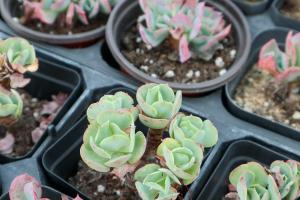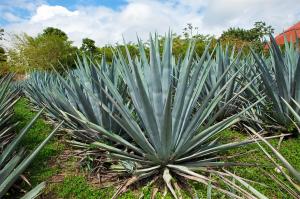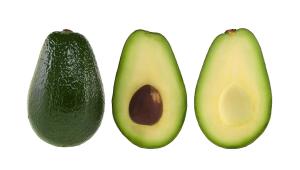How to Graft Tomato and Potato Plants
Grafting is a process in which two different plants are joined together to create a single, stronger plant. This technique is commonly used in fruit trees, but it can also be used in vegetable plants. One popular combination is grafting tomato and potato plants together. This results in a plant that produces both tomatoes and potatoes. Here's how to do it.
What You'll Need
Before you start grafting your tomato and potato plants, you'll need a few things:
Tomato and potato plants (You can use any variety you like)
Scalpel or sharp knife
Grafting tape
Small container with soil
The Process
Here's how to graft your tomato and potato plants:
Start by selecting a healthy tomato plant and a healthy potato plant. Make sure they are around the same size and have similar stem diameters.
Using a scalpel or sharp knife, make a diagonal cut across the stem of the tomato plant. The cut should be about 2 inches from the top of the plant.
Next, make a similar cut on the stem of the potato plant. This cut should be made at a similar height as the one on the tomato plant.
Hold the tomato and potato plants together and join the two cuts together. Make sure the cambium layers of both plants are in contact with each other.
Wrap the grafting tape around the joint. Make sure it is tight enough to hold the two plants together but not so tight that it cuts off circulation.
Place the grafted plant in a small container with soil. Water it thoroughly and place it in a warm, sunny location.
Tips for Success
Grafting can be tricky, so here are some tips to ensure your grafting is successful:
Choose healthy plants
Make sure the cuts are clean and precise
Join the two plants as soon as possible after making the cuts to prevent the exposed cambium layers from drying out
Keep the grafted plant in a warm, sunny location
Water the grafted plant regularly but don't overwater
The Benefits of Grafting
Grafting tomato and potato plants has several benefits:
You get two different crops from a single plant
The grafted plant is more resistant to diseases and pests than either plant on its own
The grafted plant may produce a greater yield than either plant on its own
Final Thoughts
Grafting tomato and potato plants is a fun experiment and can produce some interesting results. It's important to remember that not all grafts will be successful, so don't be discouraged if your first attempt doesn't work. With a little practice, you'll be grafting like a pro in no time.

 how many times do yo...
how many times do yo... how many planted tre...
how many planted tre... how many pine trees ...
how many pine trees ... how many pecan trees...
how many pecan trees... how many plants comp...
how many plants comp... how many plants can ...
how many plants can ... how many plants and ...
how many plants and ... how many pepper plan...
how many pepper plan...

































